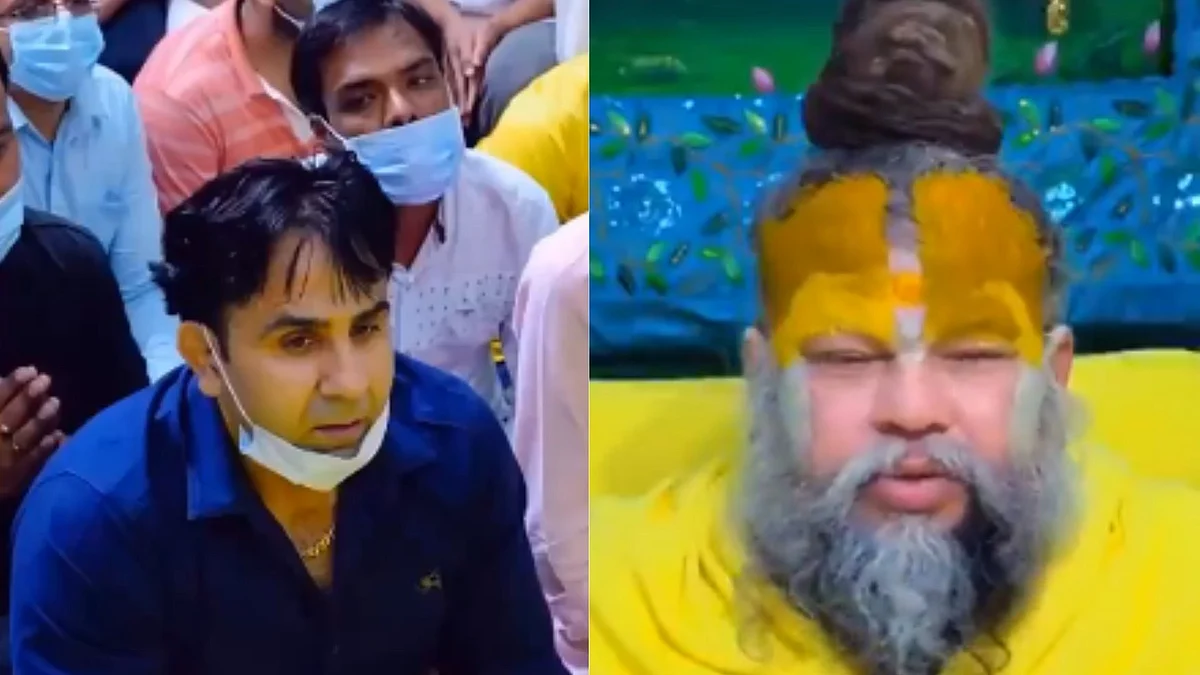The Chandrayaan-3 rover Pragyan ramped down the Lander module a few hours after it touched down on the lunar surface, a momentous event which ISRO euphemistically described as "India taking a walk on the moon".
The Lander (Vikram) and Rover (Pragyan) -- with a total mass of 1,752 kg and carrying six payloads between them -- are designed to operate for one lunar day (about 14 Earth days). However, ISRO officials do not rule out the possibility of them coming to life for another lunar day.
Details On Pragyan Rover
The Rover, equipped with a wide array of instruments, including cameras and spectrometers, will carry out in-situ chemical analysis of the lunar surface around the landing site. But all these experiments have to be completed in just one day on the moon. The deadline is critical as this is the compressed sunlight cycle on the lunar surface. Once the day ends and night falls, the solar-powered rover will slow down. ISRO will then have no direct link with the rover during this time, but Pragyan will be in touch with Vikram and they will relay data back to ISRO’s mission command centre.
The polar region of the moon is a very different terrain due to the difficulties it presents and, therefore, has remained unexplored. Night temperatures, for instance, can reach a destructive -208 degrees Fahrenheit or - 133 degrees Celsius. All previous spacecraft have, therefore, landed in the equatorial region.
Vikram, Pragyan and the propulsion module will stay on the moon even after the experiments are complete.
President Murmu Speaks On Chandrayaan-3's Success
President Droupadi Murmu congratulated the ISRO team for the successful deployment of Pragyan. "Its rolling out a few hours after the landing of Vikram marked the success of yet another stage of Chandrayaan 3. I look forward with excitement, alongside my fellow citizens and scientists, to the information and analyses that Pragyan will acquire and enrich our understanding of the moon", she said.









